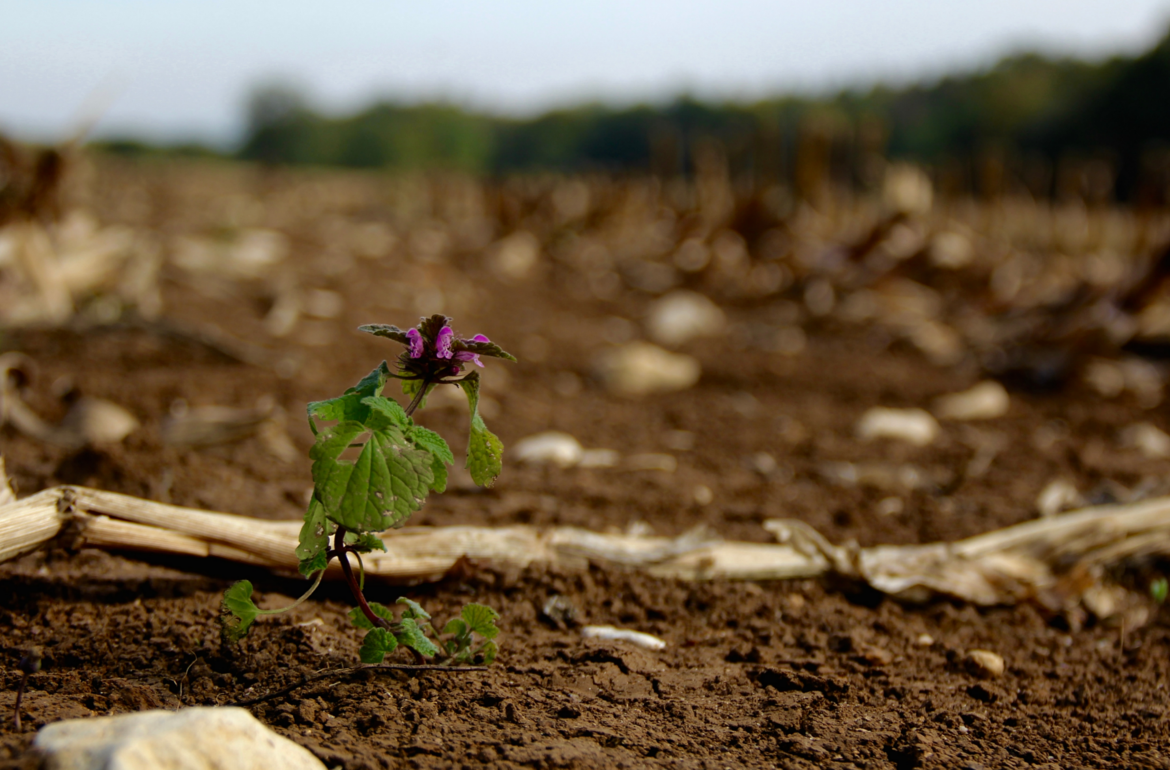Regenerative Organics: Drawing a Line in the Soil
Author: Rose Marcario | Published on: December 8, 2016
In recent years, we’ve seen a boom in production and sales of organic foods worldwide. The global organic food market is expected to grow by 16 percent between 2015 and 2020, a faster rate than conventionally-grown foods.
This seems like good news—but in truth, organic farming makes up just a tiny fraction of the global agriculture system controlled by a few giant corporations generating enormous profits. And it’s about to get worse: If current deals in the works make it past European and U.S. regulators, three companies—Bayer, DowDupont and ChemChina—will own two-thirds of the world’s seeds and pesticides.
This unfortunate reality threatens to hold us hostage for decades as conventional agriculture continues to ravage our planet: gobbling up immense fossil fuels for production and shipping, flooding the earth with toxic synthetic pesticides and deadening our soil’s biodiversity with GMO seeds (along with the taste of our food). Conventional agriculture also generates a quarter of the greenhouse gas emissions now baking our atmosphere.
And food is just part of the picture. Consider cotton, a fiber used to make a large majority of our clothing globally: just one percent is grown organically. That figure has stayed mostly stagnant since at least 1996, the year Patagonia started sourcing 100 percent organic cotton. It’s especially appalling considering 16 percent of all pesticides used worldwide are used to grow conventional cotton—exposure to which has been linked to higher rates of cancer and other diseases. Conventional GMO farming practices also reduce soil fertility and biodiversity, require more water and large amounts of herbicides, alter the nutritional content of our food, and result in toxic runoff that pollutes our rivers, lakes and oceans.
Thankfully, the status quo isn’t our only option. Regenerative organic agriculture includes any agricultural practice that increases soil organic matter from baseline levels over time, provides long-term economic stability for farmers and ranchers, and creates resilient ecosystems and communities. Put simply, this approach presents an opportunity to reclaim our farming system on behalf of the planet and human health—while fulfilling the obvious need to feed and clothe billions of people around the world. We can produce what we need and revitalize soil at the same time, thereby sequestering carbon currently polluting the atmosphere and warming our planet.
The good news: a small but growing list of organizations with good intentions have embraced regenerative organics in recent years. In particular, this approach (and terminology) has been championed by groups like the Rodale Institute and Regeneration International, and as a result, some businesses have begun taking serious interest. At Patagonia, our interest and knowledge has grown over many years: We began rebuilding our natural fiber supply chains to include organic practices 25 years ago, starting with cotton; more recently, we’ve been prioritizing regenerative practices for apparel and with our food business, Patagonia Provisions.

